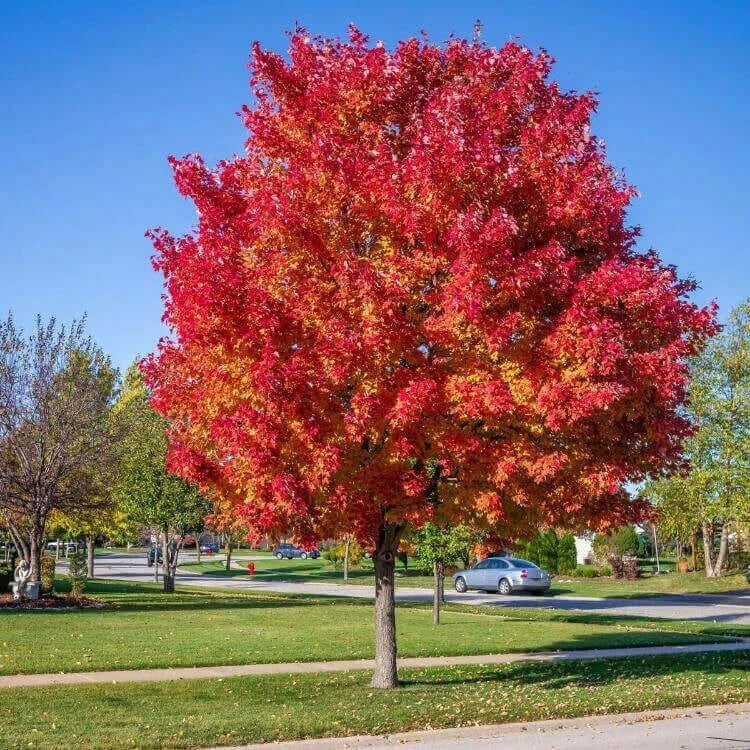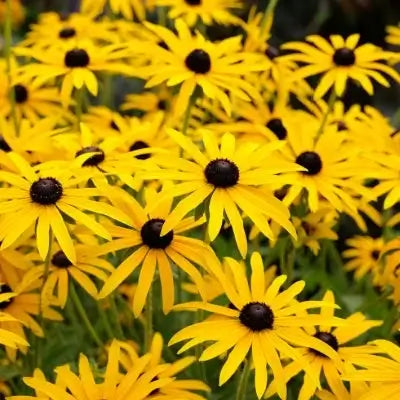
Saving an Epic Migration
Share
Safeguarding Monarch Butterfly Corridors
Monarch butterflies receive recognition for their extraordinary yearly journey, which spans thousands of miles between Canada, the U.S., and Mexico. These insects' striking orange and black appearance inspires many to see them embody transformation and resilience. The extraordinary life cycle and famed migration patterns of monarch butterflies encounter escalating dangers because of habitat loss, climate change, and diminishing native plants such as milkweed. Conservationists work to maintain monarch butterfly corridors that protect the monarch's heritage. The designated routes provide patches of suitable habitat for monarchs to rest and feed while laying eggs, and these habitats enable subsequent generations to complete their long migration. Monarch corridors are essential links supporting monarch butterflies while promoting ecosystem health through increased pollination and biodiversity.
Monarch butterflies historically depended on natural habitats abundant with wildflowers and milkweed to support their larvae during development. Monoculture fields emerged in North America as agricultural activities transformed vast prairie and grassland regions. The transition to different land uses led to a decline in milkweed populations, which also cut down essential nectar sources necessary for adult butterflies throughout their migration period. Monarchs struggle to complete their extensive migration of up to 3,000 miles because key resources have disappeared. Urbanization has divided the landscape into isolated sections of suitable habitat. The current environmental challenges illustrate why conservationists increasingly rely on corridor networks to protect monarch butterflies. Corridors connect natural areas with supportive habitats to create migratory highways that assist monarchs in moving through their increasingly changed environment.
Monarch corridors aim to preserve and revive critical habitat along known migratory paths that support butterflies by providing milkweed and nectar sources at essential resting points. The monarch migration involves several generations, each surviving only weeks, except the last autumn generation, which lives longer to travel back to their wintering locations in central Mexico. The monarch butterfly lifecycle shows that each stage requires healthy habitats at various latitudes. Once adults emerge in spring, they travel north to find milkweed plants where they can lay their eggs for the next generation. Monarchs begin their southern journey during late summer and early fall because they need plentiful nectar to fuel the trip. The lack of corridors that provide these essential resources results in entire segments of their migration path becoming too dangerous or completely impassable.
The Monarch Migration Journey
No other species exhibit the multi-generational migration pattern seen in monarch butterflies. Adult monarchs born in late summer undergo diapause, enabling them to save energy and survive much longer than monarchs from different seasons. These monarch butterflies postpone mating as they migrate south to the fir forests in central Mexico, where they gather in large groups to survive the winter. During their time in the oyamel fir forests, they reduce their metabolic rates until spring arrives. When temperatures increase, these butterflies engage in mating behavior and journey northward. The butterflies lay eggs on milkweed plants in northern Mexico and the southern United States before dying. The next generation keeps moving northward while later generations advance toward Canada and North America, tracking fresh milkweed growth.
This butterfly-plant synchronization demonstrates why properly positioned habitat corridors are essential. The migration process faces disruption when essential stopover locations run short of resources because of land development, pesticide use, or deforestation. Over several decades, the population of monarchs arriving at their winter habitats has sharply reduced. , Various factors cause the decline, but the fragmentation and disappearance of milkweed-rich areas stand out as crucial elements. Creating or reestablishing suitable habitats with milkweed and nectar plants at essential migration points can prevent further declines in monarch butterfly populations while stabilizing their numbers. Monarch corridors establish rest stops, which enable the butterflies to replenish their energy and reproduce throughout their extensive migration paths.

Challenges Facing Monarch Butterfly Corridors
The concept of corridors receives widespread support but faces significant practical and political obstacles during implementation efforts. Agricultural expansion and industrial development take over land suitable for monarch habitats. Dedicated conservation organizations securing plots for monarch butterflies face connection challenges when neighboring lands remain privately owned or dedicated to specific uses. Conservationists must consistently work with landowners, business interests, and governmental bodies to establish meaningful connections between restored patches that create unbroken corridors.
Climate change adds another layer of complexity. Monarchs may need to change their migratory paths in unforeseen ways because climate change affects both temperature and weather patterns, altering suitable habitat availability. Tropical weather disasters such as storms and droughts destroy essential breeding areas and food sources, which results in monarchs facing starvation and exposure. Long-term corridor planning becomes difficult due to this constantly changing environmental context. To ensure site viability for future decades, conservation groups must prioritize current ecological conditions and predictions of future climate changes. The support required for expansive habitat projects remains unstable since public and private entities' priorities alter over time.
Strategies for Corridor Conservation and Expansion
Successful monarch corridor projects depend heavily on collaborative efforts among local governments, nonprofits, private landowners, and regular citizens. Local conservation efforts become impactful when individuals plant monarch-friendly vegetation in their home gardens and nearby community areas. State and federal agencies have the power to finance projects that transform roadside medians and public parks, as well as unused agricultural land, into habitats for monarch butterflies. Grassroots groups coordinate planting events where volunteers receive milkweed seeds and native flowering plants to grow. Strategic placement of these small patches enables them to function as essential connections within extensive corridor networks.
Researchers support corridor planning by charting monarch migration paths and evaluating regions that require immediate habitat restoration. Data collected by citizen scientists who monitor monarch sightings helps experts pinpoint regular butterfly resting and breeding locations. The insights enable conservationists to identify which regions will yield the most effective results for butterfly population recovery. Specific initiatives collaborate with schools to help students understand monarch biology through campus-based milkweed and nectar plant cultivation. This method establishes environmental consciousness and develops future guardians of nature.
Conservation efforts in monarch corridors demonstrate potential through successful plant restoration in critical zones due to cooperative work. Restored plots of milkweed contain several generations of monarch butterflies, enhancing their survival prospects. These corridors support monarchs and provide essential habitats for various pollinators and wildlife species, which help maintain ecological balance. The restoration project requires continuous funding, research, and public participation to succeed. The growing awareness of monarch migration's significance to cultural heritage and environmental health leads to optimism about the development of widespread monarch butterfly corridors throughout North America.
Monarch butterfly corridors demonstrate the effectiveness of strategic habitat restoration in tackling complex problems that threaten an iconic species. Corridors connect suitable habitats across extensive landscapes, enabling monarch butterflies to accomplish their remarkable migratory journey. These specifically planted milkweed stands and nectar gardens are essential stepping stones for these fantastic insects during their international migration. Despite environmental changes and human development presenting ongoing challenges, monarch butterflies face significant obstacles, yet their corridor projects show they will continue to symbolize resilience and renewal. Scientists working with communities and organizations enable us to protect monarch butterflies' migratory legacy, which helps preserve shared natural heritage.













